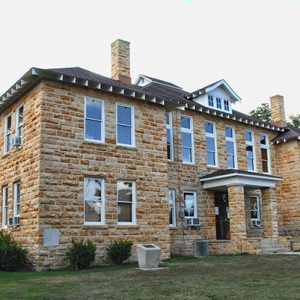 Stone County Courthouse
Stone County Courthouse
Entry Type: Place - Starting with S
 Stone County Courthouse
Stone County Courthouse
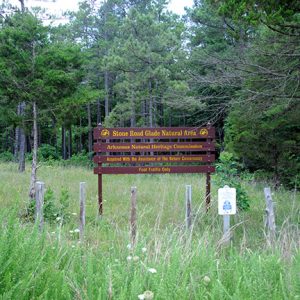 Stone Road Glade Natural Area
Stone Road Glade Natural Area
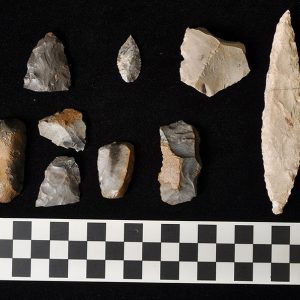 Stone Tools
Stone Tools
 Stonework
Stonework
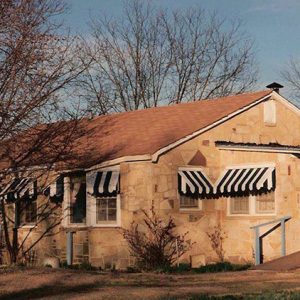 Stork Inn
Stork Inn
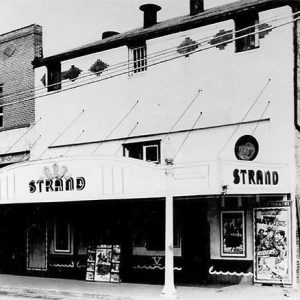 Strand Theater
Strand Theater
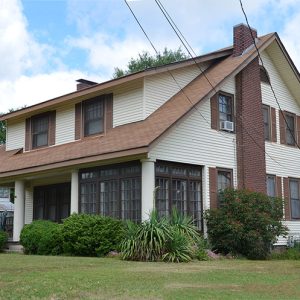 Strauss House
Strauss House
Strawberry (Lawrence County)
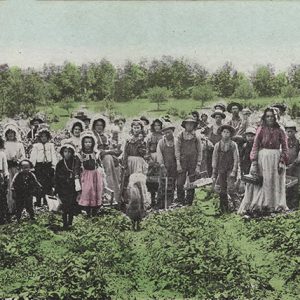 Strawberry Farm
Strawberry Farm
 Strawberry Festival
Strawberry Festival
 Strawberry River
Strawberry River
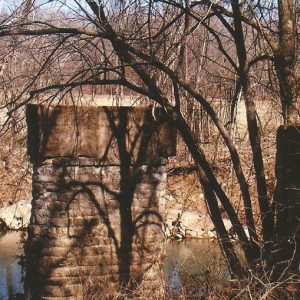 Strawberry River Bridge
Strawberry River Bridge
Strong (Union County)
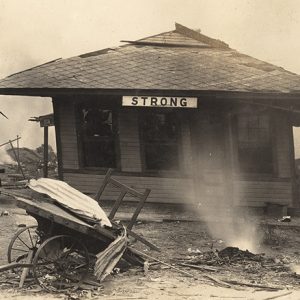 Strong Tornado
Strong Tornado
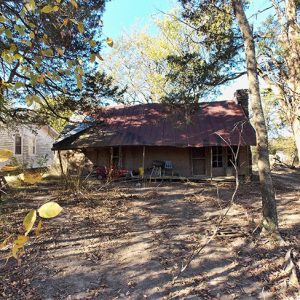 Strother Homestead
Strother Homestead
 Sturgis Hall
Sturgis Hall
Stuttgart (Arkansas County)
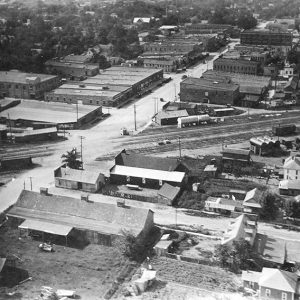 Stuttgart Aerial View
Stuttgart Aerial View
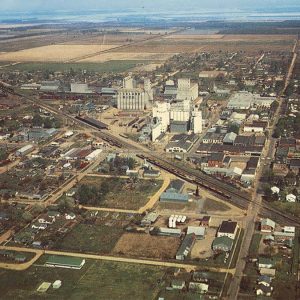 Stuttgart Aerial View
Stuttgart Aerial View
Stuttgart Army Air Field
 Stuttgart Autos
Stuttgart Autos
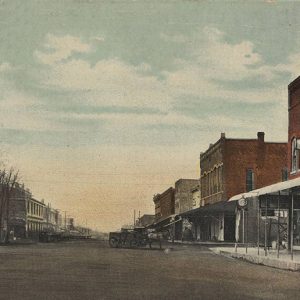 Stuttgart Street Scene
Stuttgart Street Scene
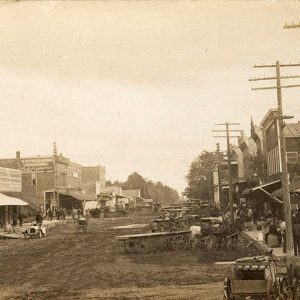 Stuttgart Street Scene
Stuttgart Street Scene
 Stuttgart Street Scene
Stuttgart Street Scene
 Stuttgart Training School
Stuttgart Training School
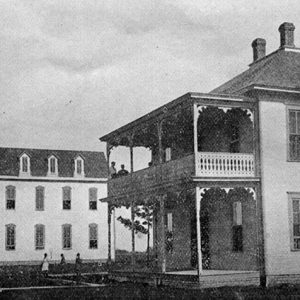 Stuttgart Training School Buildings
Stuttgart Training School Buildings
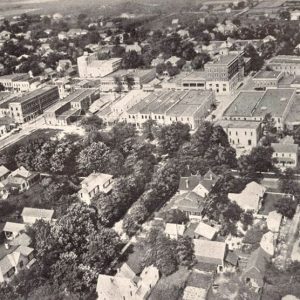 Stuttgart View
Stuttgart View
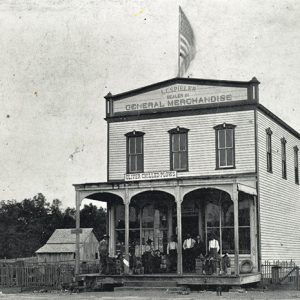 Spieler General Store
Spieler General Store
Subiaco (Logan County)
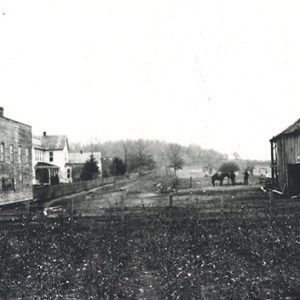 Spielerville
Spielerville
Subiaco Abbey and Academy
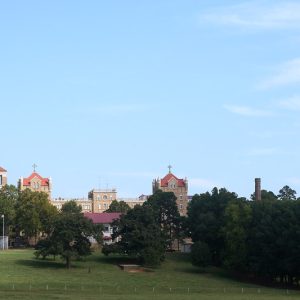 Subiaco Abbey
Subiaco Abbey
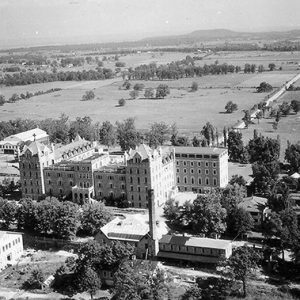 Subiaco Abbey and Academy
Subiaco Abbey and Academy
 St. Benedict's Church at Subiaco
St. Benedict's Church at Subiaco
 Subiaco Abbey Courtyard
Subiaco Abbey Courtyard
Success (Clay County)
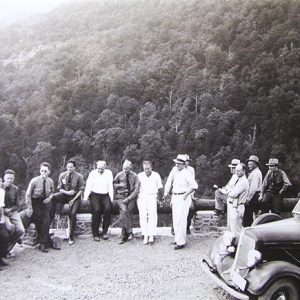 Sugar Creek Vista Overlook
Sugar Creek Vista Overlook
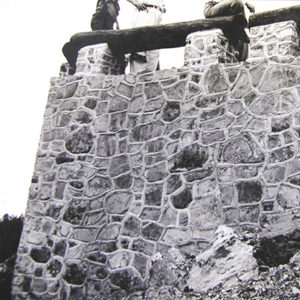 Sugar Creek Vista Overlook
Sugar Creek Vista Overlook
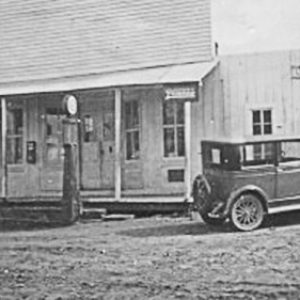 Sugar Grove
Sugar Grove
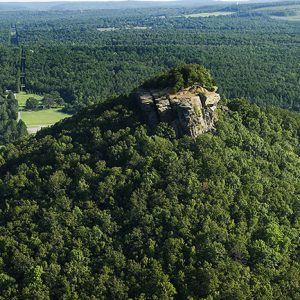 Sugarloaf Mountain
Sugarloaf Mountain
Sulphur Rock (Independence County)
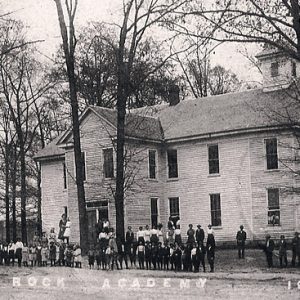 Sulphur Rock Academy
Sulphur Rock Academy
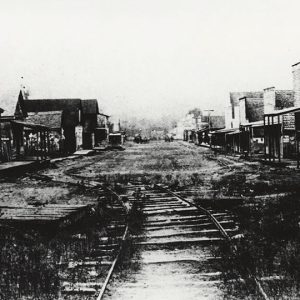 Sulphur Rock Street Scene
Sulphur Rock Street Scene
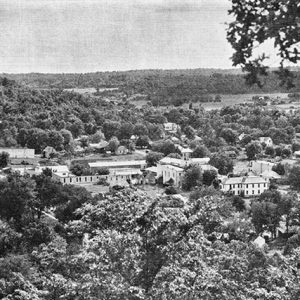 Sulphur Springs
Sulphur Springs
Sulphur Springs (Benton County)
Sulphur Springs (Jefferson County)
aka: White Sulphur Springs (Jefferson County)
Sulphur Springs (Yell County)
 Sulphur Springs
Sulphur Springs
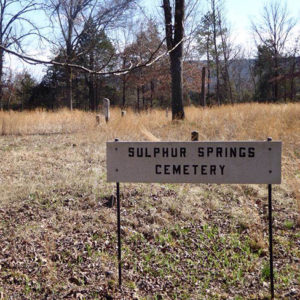 Sulphur Springs Cemetery
Sulphur Springs Cemetery
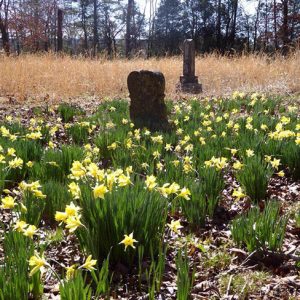 Sulphur Springs Cemetery
Sulphur Springs Cemetery




